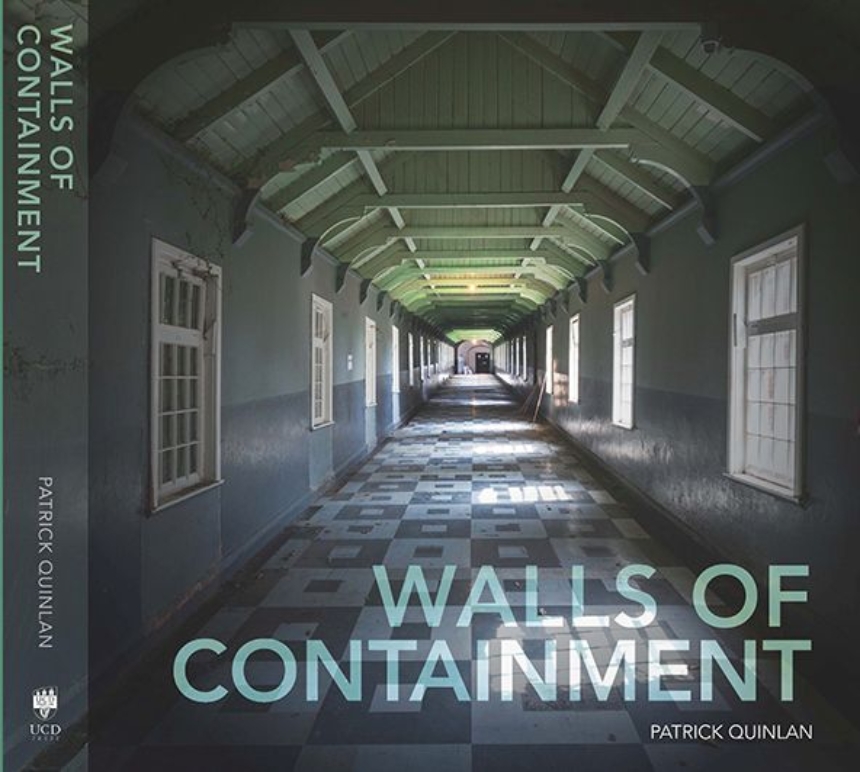Distributed for University College Dublin Press
Walls of Containment
Walls of Confinement looks at a crucially unexamined aspect of Irish mental illness facilities: their architecture.
Ireland was hardly alone in perpetuating institutional responses to mental illness in the nineteenth and twentieth centuries, but this small country took things farther than most: by the 1950s, it had the world’s highest number of psychiatric ward beds per capita. Many have sought to explain Ireland’s unusual density of mental illness facilities, but Patrick Quinlan’s book looks to one underexplored aspect of such facilities as a means to an explanation: their architecture.
Walls of Confinement examines the spaces and landscapes created to facilitate this spectacular expansion in Irish institutional provision. Quinlan reveals the significance of the architectural and landscape legacy from the earliest days of the asylum system to its extinction, linking indoor and outdoor planning to broader political, economic, and medical changes in the country. His book charts the architectural progression from Enlightenment-era ideals to the construction of massive structures whose primary goal was accommodating historically unprecedented numbers of people. Though these antiquated architectural plans may seem profoundly far-removed from current views on treating mental illness, Quinlan shows that such designs are still testaments to the curative aspirations of their eras.
Ireland was hardly alone in perpetuating institutional responses to mental illness in the nineteenth and twentieth centuries, but this small country took things farther than most: by the 1950s, it had the world’s highest number of psychiatric ward beds per capita. Many have sought to explain Ireland’s unusual density of mental illness facilities, but Patrick Quinlan’s book looks to one underexplored aspect of such facilities as a means to an explanation: their architecture.
Walls of Confinement examines the spaces and landscapes created to facilitate this spectacular expansion in Irish institutional provision. Quinlan reveals the significance of the architectural and landscape legacy from the earliest days of the asylum system to its extinction, linking indoor and outdoor planning to broader political, economic, and medical changes in the country. His book charts the architectural progression from Enlightenment-era ideals to the construction of massive structures whose primary goal was accommodating historically unprecedented numbers of people. Though these antiquated architectural plans may seem profoundly far-removed from current views on treating mental illness, Quinlan shows that such designs are still testaments to the curative aspirations of their eras.
350 pages | illustrated in color throughout | 8 3/4 x 8 3/4 | © 2021
Architecture: European Architecture, History of Architecture

